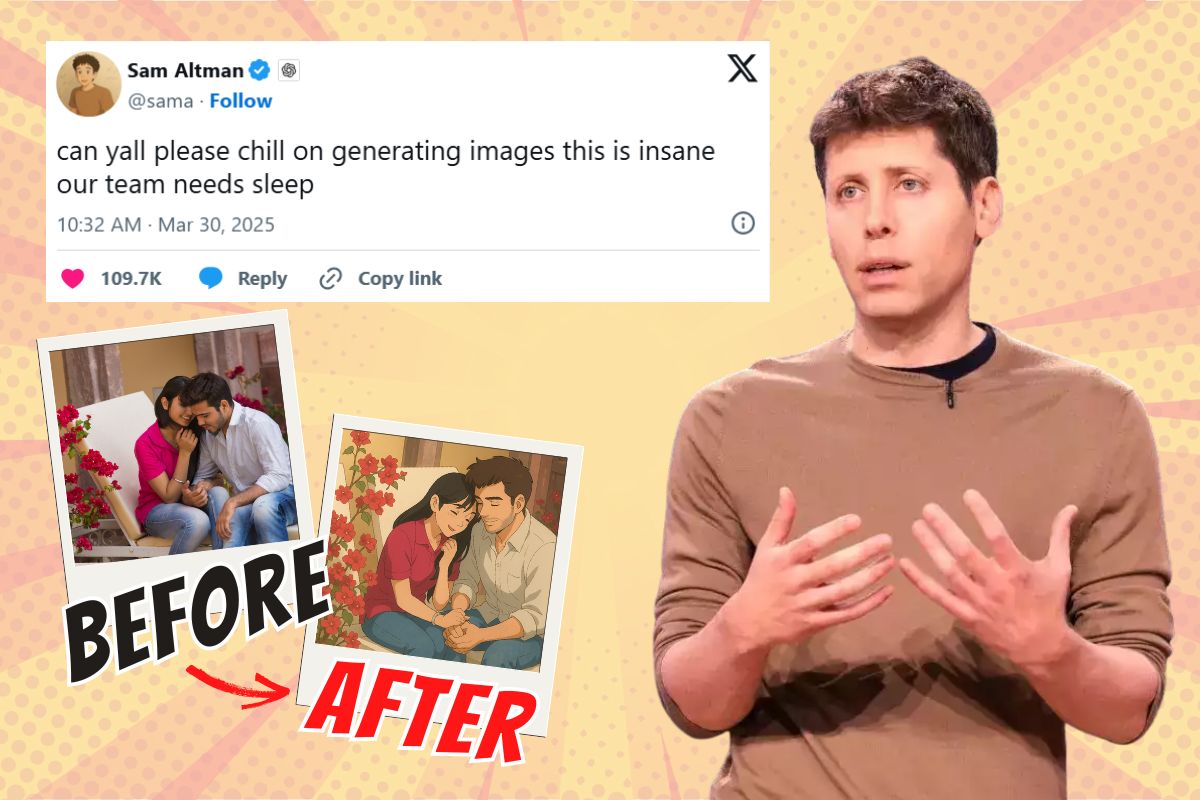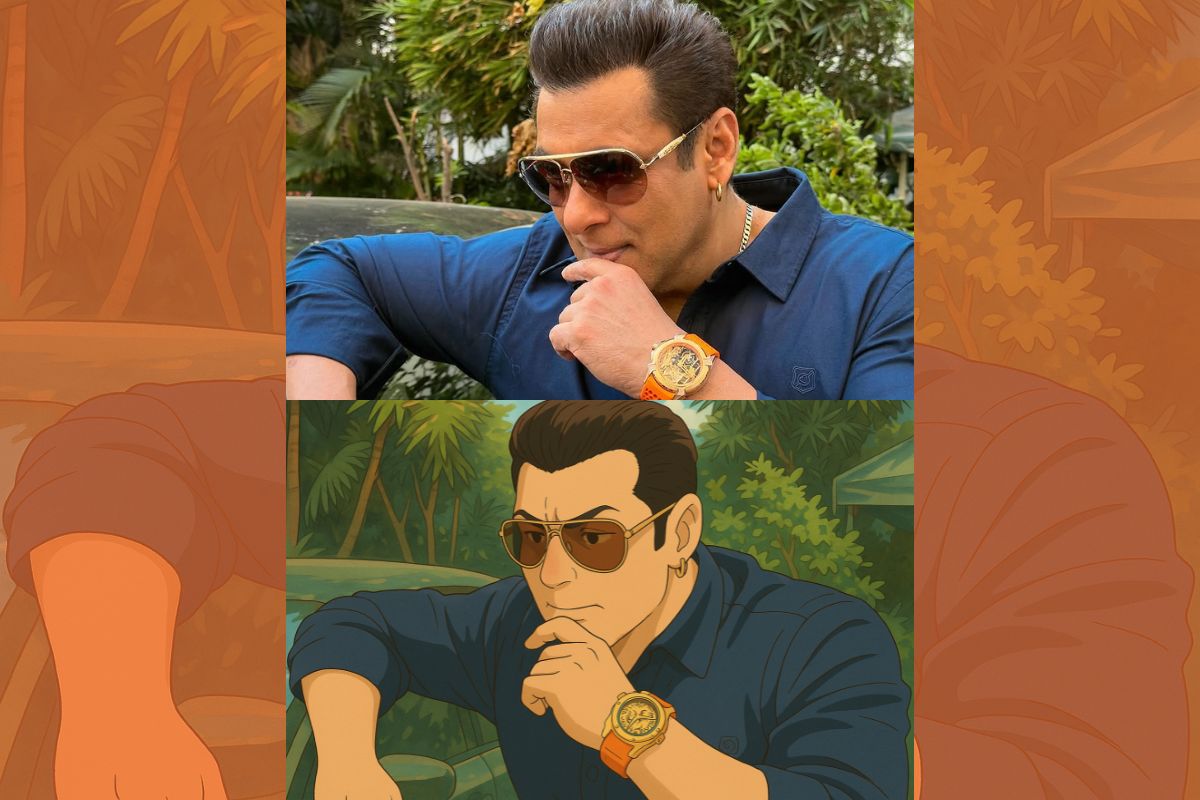


OpenAI’s ChatGPT now lets users change their images to look like Studio Ghibli. This studio is famous for its unique animation style and was founded by Hayao Miyazaki. Users have reacted strongly. They are sharing their “Ghiblified” creations all over social media. OpenAI CEO Sam Altman noted the huge demand for their services. He said the response has been “insane,” and the team has had little time to rest.
can yall please chill on generating images this is insane our team needs sleep
— Sam Altman (@sama) March 30, 2025
By mixing Studio Ghibli’s drawing style with ChatGPT’s generative features, users have been able to make quirky, dreamy graphics that remind them of Ghibli classics like “Spirited Away” and “My Neighbor Totoro” and change everyday images from landscapes to profiles. With hashtags like #Ghiblified and #GhibliArt trending as users, including celebrities and businesses, this trend has dominated platforms such as X (previously Twitter), Instagram, and TikTok, featuring AI-generated artwork shared.
This isn’t just art. It’s the internet rediscovering its soul. #ghibliart #Ghiblification #ghiblistyle #ghibli pic.twitter.com/ixSLhWwZZF
— acutely_desi (@preetiUnzipped) March 27, 2025
Also read: Goodbye Skype: Reflecting on Two Decades of Digital Connection
However, the prominence of this function begs ethical questions about the application of artificial intelligence educated on copyrighted intellectual works. Critics say that making art like Studio Ghibli does without permission could break the intellectual property rights of the original creators and make it harder for human artists to make a living. Among other things, Hayao Miyazaki, co-founder of Studio Ghibli, has strongly spoken out against using AI in creative processes, calling it “an insult to life itself.” OpenAI has lost value as a result, yet many have advised them to produce Ghibli-style movies instead.
Studio Ghibli co-founder Hayao Miyazaki is currently trending on Twitter X for his reaction to seeing an AI-generated animation in 2016:
“I am utterly disgusted […] I strongly feel that this is an insult to life itself.”
pic.twitter.com/zpbvJ6i21n— ToonHive (@ToonHive) March 27, 2025
Many ChatGPT users battled to access the tool, and 59% of them were not convinced about its performance. According to Altman, ” GPUs are melting” from all the photo requests and the resources are fast running out. OpenAI put rate limits in place for a short time to help control this, letting free users make up to three shots a day while they worked to make the system more efficient.
Is ChatGPT down ? @sama @ChatGPTapp @OpenAI #chatgpt pic.twitter.com/mvdRjNISGp
— 𝕬𝖓𝖋𝖎𝖇𝖎 (@anfiibi) March 30, 2025
Table of Contents
ToggleStudio Ghibli’s art style is celebrated for its attention to detail, hand-drawn animation, richly crafted worlds, and emotionally resonant storytelling. Visually, it features soft, pastel color palettes that create a warm and cozy atmosphere.

People in the story have clean, simple faces that look real. A few lines depict their lips, cheeks, and eyes. Often behind the scenes of Ghibli films, they resemble actual locations. Every scene underwent much thinking, which gives the film a dreamlike and fascinating quality.
Follow these steps to create images using ChatGPT that resemble those from Studio Ghibli:
Also read: The Inspirational Journey of Medha Gujral: A Legacy of Strength and Grace
Because so many people want pictures, you might only be able to make a certain number each day for a short time. Additionally, OpenAI has implemented restrictions to avoid mimicking specific living artists’ styles, although broader studio aesthetics are still permitted.
It’s fun to use this feature to interact with the famous Studio Ghibli art style, but it’s important to remember the rights of the original artists and think about the moral problems. As AI gets better at solving these hard problems, ongoing discussions about the point where technology and art meet will become very important.

